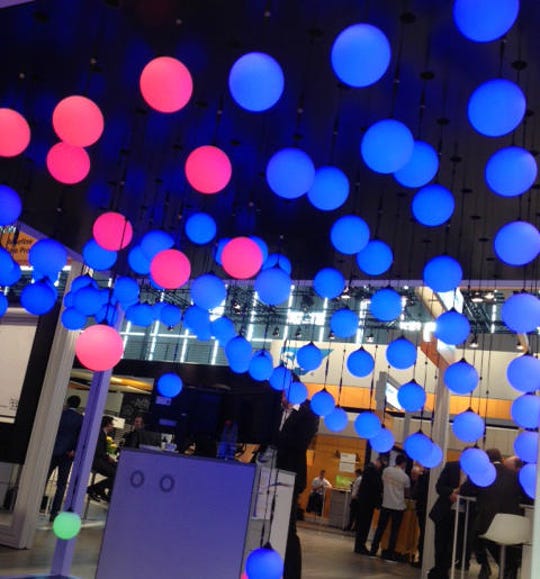Artificial intelligence as a tool for delivering superior UX? Hold that thought

Many of us are now familiar, as consumers, with the almost magical abilities of Alexa, Siri or Cortana to quickly pull data from across multiple sources and systems to provide coherent answers to just about any spoken question. This represents the future of enterprise computing as well, with AI-driven interfaces doing much of the hunting and gathering work of employees and managers.

How ready, then, is AI to deliver pitch-perfect customized user experiences -- screens, voice interfaces, webchats, and so on? Will AI even play a role in designing software on the fly, meeting business demands of the moment? Many organizations are ready to press on with the possibilities, but at least one UX expert is telling us to hold back and consider the ramifications.
Eight in 10 executives in a recent survey of 222 UX executives, conducted by UserZoom, believe AI is the future of UX. The survey's authors note that AI has accelerated past voice interfaces since 2018 as the technology that is shaping the future of UX. Last year, 66 percent saw an important role for AI in UX design, a percentage that has jumped to 80 percent in their latest report. This compared to 64 percent seeing voice technology as the most profound UX environment, down from 67 percent.
The 13-point growth in interest in AI as a UX enabler "may be down to the practical, everyday advances in deep learning -- such as the accuracy of automatic text generation, or even the mainstream use of facial recognition," the survey's authors observe. Here are the five most important trends shaping UX over next five years:
- Artificial intelligence 80%
- Voice interfaces 64%
- Automation 47%
- Internet of Things 46%
- Omnichannel experiences 46%
However, a UX industry expert urges caution before attempting to apply AI to UX in a big way. In a recent Medium post, Chris Noessel, suggests that AI-driven UX in the enterprise is still a work in progress. There is no shortage of promise in AI-driven UX, he states, including having software "perfectly tailored in real-time to the individual and the task via AI," and AI taking over the tasks of polling "multiple systems to cobble together answers to business questions." Ultimately, he adds, AI proponents suggest "users will be able to conduct new queries and even functions of the business instantly, with no delay for the design and development of software to enable it."
For starters, UX customization is a tough nut to crack, even with the most advanced AI algorithms, Noessel points out. UX-driven interfaces often are built on roles or personas, resulting in somewhat static interfaces, which work in most enterprise situations. Personas are scalable, tend to "fit the way people think," and provide diversity to software interactions, he relates. "Even when their jobs are the same, one user may be brand new and need a lot of explanations and hand-holding, and another may be a veteran interested only in efficiency and control. These differences become more pronounced as roles, organizations, domains, and even cultures diverge."
Can AI drill down past personas and enable greater personalization for end users? Maybe. But "we don't need infinite sizes of software," Noessel says. It may even affect the cohesion of teams, he adds. "Having software be mostly the same from user to use... allows the expert to help the newbie. It allows for group training. It allows someone to sit down at an interface and take over the abandoned work. It makes it easier for people to share screencaps, get meaningful IT help, and to discuss techniques. Software norms grease the skids for communities of practice that use a given software."
While AI-UX "enables customization down to the individual, it may not be the right level of standardization," he says. Finally, he leaves us with this pearl of wisdom:
"A user interface is artificial intelligence in its own right. If it's well designed, it keeps users focused, draws their attention to important changes, doesn't bother them with pointless information, helps them take the next best action, and when confident, even takes it for them. It's 'artificial' because they didn't have to build the expertise and design or even think about the thing themselves."
This is something to keep in mind in the rush toward AI-driven UX. As with many of the tasks AI can adopt, it's important to keep human interaction front and center. Businesses and their priorities keep changing, people and their priorities keep changing. AI is good at many things, but it's terrible at sensing new opportunities.